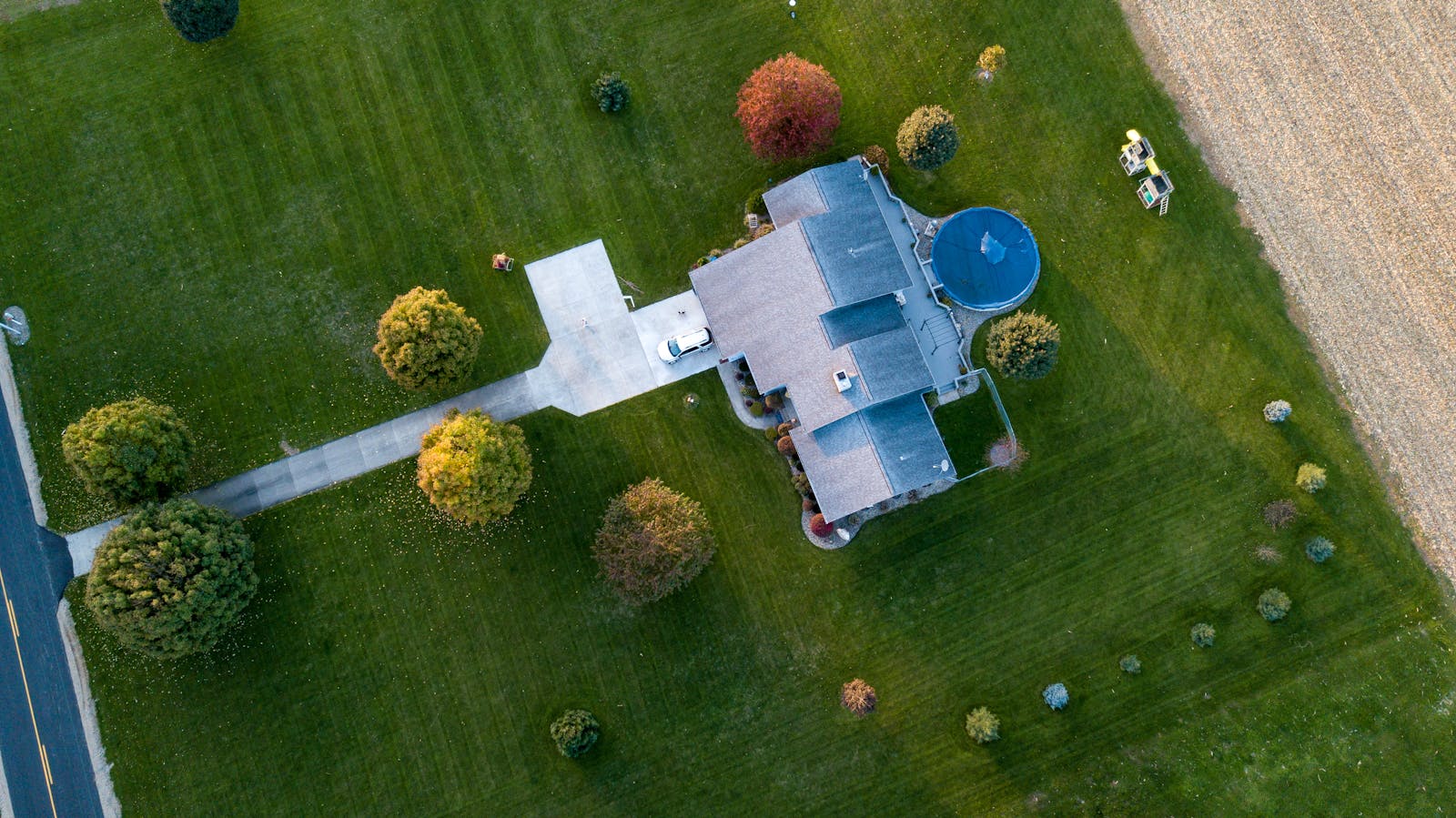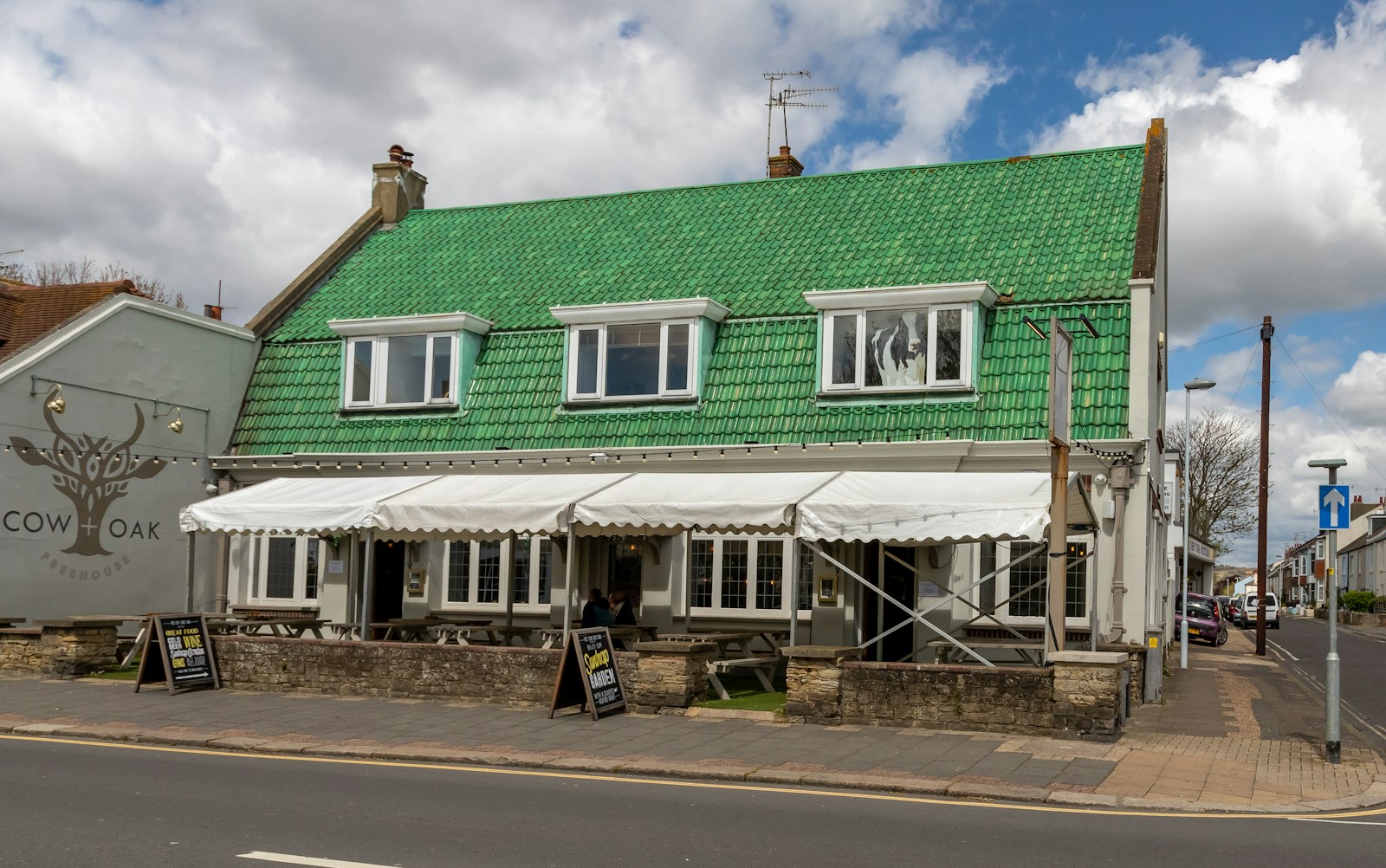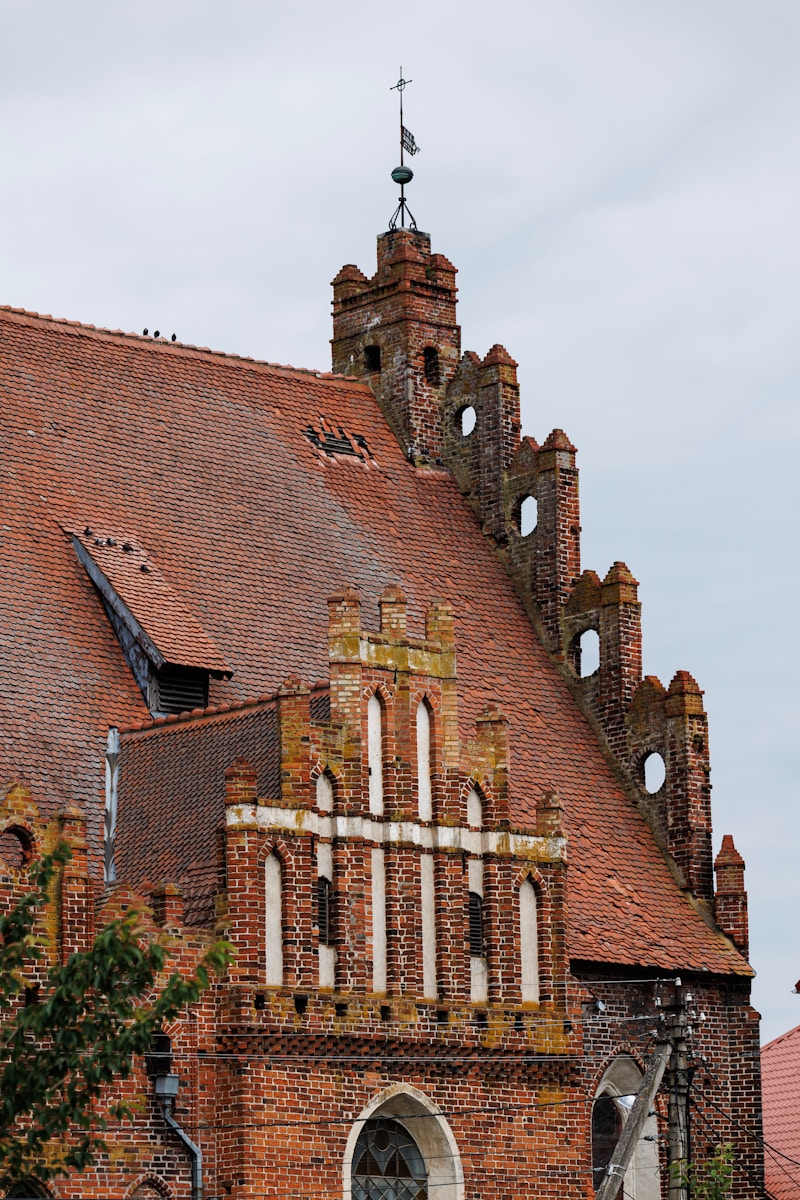You don’t really think about roofs. Not unless they’re leaking, creaking, or—God forbid—collapsing. They’re just there, right? Over your head. Out of sight, out of mind. But sometimes, when the calculations are off or somebody somewhere skips a step—yeah, that’s when the roof stops being a roof and starts being a problem. A deadly one.
This isn’t about home repairs or shingles blowing off in a storm. It’s about those moments in history where a roof didn’t just fail—it collapsed, dramatically, disastrously, and sometimes, fatally. Some were old. Some were new. Some were doomed from the start. But all of them had one thing in common: nobody expected that roof to fall. Until it did.
The Day the Roof Didn’t Just Leak — It Gave Up Entirely (Knickerbocker Theatre, 1922)
You ever sit in a theatre and wonder what’s holding up the ceiling? Probably not. But in 1922, in Washington D.C., a whole bunch of folks sat down in the Knickerbocker Theatre for a movie on a snowy January night, and the roof — well, it had other plans.
See, the building wasn’t even that old. Five years maybe. Solid-looking from the street. But a nasty snowstorm rolled in, dumped over two feet of snow, wet and heavy like soaked carpet, and the roof? It caved in. Mid-show. Like, lights out, boom, just straight up fell on top of the audience. Killed 98 people. And you gotta sit with that number. Not one or two. Ninety-eight.
After an intense blizzard that lasted more than 24 hours, the faulty roof construction of the Knickerbocker Theater didn’t stand a chance. “A stillness, an unearthly pause, followed the din. Then a scream, an agonized cry, a moan. Beneath tons of steel and masonry scores of men women and children were buried.” (Evening Star, January 29, 1922). The theater was eventually rebuilt almost a year later but this disaster remains one of the worst in DC history.
https://guides.loc.gov/chronicling-america-knickerbocker-theater-collapse
Turns out the roof had a flat design — not pitched. Flat roofs plus snow is like putting pudding on a tissue. It just doesn’t hold. And it wasn’t just the snow. The guy who designed it, Reginald Geare, he wasn’t some back-alley hack. But after the collapse, the scrutiny came fast. Investigations, accusations — and get this — Geare took his own life a couple years later. Guilt maybe. Or just the weight of it all. It’s ugly.
I think sometimes we forget how buildings can betray us.
When Church Ceilings Become Graves (San Giuseppe dei Falegnami, 2018)
Flash forward almost a century, Italy. Rome. August 30th, 2018. A quiet Thursday afternoon. The Church of San Giuseppe dei Falegnami — old, beautiful, built like churches are — with arches and that sacred hush — and wham. Ceiling collapses.
No mass. No crowd. That’s luck, not design. Still, the fact that a historic roof, under preservation watch, just gives out like that? That messes with your sense of safety. It wasn’t snow. Wasn’t a bomb. Just… time. Neglect. Water damage maybe. A leak that grew teeth.
In the afternoon of 30 August 2018, most of the nave roof collapsed suddenly and completely. The falling debris smashed through the floor in front of the sanctuary, and left the nave completely open to the elements. The subsequent restoration was very well managed, and the destroyed ceiling was refitted using original elements scavenged from the debris. The work was completed and the church re-opened in June 2020.
https://romanchurches.fandom.com/wiki/San_Giuseppe_dei_Falegnami
Some experts later said parts of the roof had shown signs of distress. Yeah, no kidding. But the response was slow. Too many “mays” and “shoulds” and “we’ll check it soon” in the reports. Bureaucracy, basically. Buildings don’t wait for red tape to clear.
And the irony? Right next door is the ancient Mamertine Prison where Saint Peter was held. I mean… you’d think history would teach people to look up more often.
A Tale of Broken Trust in Bangladesh (Rana Plaza, 2013)
Okay, so this one isn’t just about the roof. It’s about the whole building. Rana Plaza, Savar, Bangladesh. April 24, 2013. A building meant for shops and offices but got turned into a garment factory. Layers upon layers added on top like stacking books on a flimsy cardboard box.
There were cracks — literal cracks — spotted a day before the collapse. Employees were like, “uh, can we not go inside?” But pressure from managers (and probably from money-hungry bosses up the chain) shoved people back in. Thousands of them.
Rana Plaza, the collapsed eight-story commercial building located in Dhaka’s outskirt Savar, which housed several shops, a bank and garment factories, is the painful symbol of the grave tragedy encountered by garment workers. On 24 April 2013, the Rana Plaza building came crashing down, killing 1,134 people and leaving thousands more injured. People all across the world looked on in shock and horror as media reports poured in revealing the true extent of the human toll. There were harrowing stories of survival, of people who had no choice but to amputate their own limbs in order to be freed from the rubble and survive. On 23 April 2013 large structural cracks were discovered in the Rana Plaza building. The shops and the bank on the lower floors immediately closed. But warnings to avoid using the building after the cracks appeared were ignored by the garment factory owners on the upper floors.
https://cleanclothes.org/campaigns/past/rana-plaza
That roof, if you can even call it that by then, pancaked. Crushed the entire structure. Killed over 1,100 people. Read that again. Over eleven hundred. All because corners got cut, permits got skipped, and concrete quality was basically garbage. One engineer later called the columns “too thin for the load.” That’s like saying the wings were too small after the plane crashes.
What sticks with me is this: the roof collapsed, yeah — but the real collapse happened long before that, when safety became an inconvenience.
Texas Stadium: A Hole in the Roof… by Design?
So here’s a weird one. Texas Stadium, home of the Dallas Cowboys from 1971 to 2008, was famous for having a hole in the roof. But not because it failed. It was made that way.
There’s this long-standing joke: “So God can watch His favorite team play.” Cute, huh? Except the hole meant the structure around it had to hold more weight than usual. Stress got redistributed in ways engineers thought they had accounted for.
Fast-forward a few years after opening, bits and pieces start falling from the ceiling. Not the whole roof — just hunks of concrete. Stadium crew found debris on seats. Thankfully no one’s head. That we know of. But the point is… even when you design something broken on purpose, you’re tempting fate.
And honestly, what kind of hubris is that? “Let’s just leave a big hole so it looks cool.” Okay, but roofs are roofs for a reason. They keep sky-things out.
The Hartford Civic Center Roof — 1978 Collapse During a Blizzard
Another winter tale. Connecticut. Late 70s. A big shiny new building — the Hartford Civic Center — touted as this marvel of modern engineering. But a blizzard in January 1978, and boom — down goes the roof. And here’s the kicker: it happened at 4:00 am. No one inside. Not even janitors.
The steel lattice design, apparently, had never actually been tested against a full snow load. They used a computer model that was… optimistic. Let’s put it that way. One engineer said, “we didn’t expect that kind of snow weight.” As if weather gives you a heads-up.
And what’s really baffling — cracks had already been noticed months before. Like, noticeable, alarming ones. But the thought was, “it’ll hold.” That phrase right there? That’s killed more people in history than war.
Side Note: My Uncle’s Barn Roof Collapsed in ‘94
Not historic, not deadly, but this one’s personal. Middle of winter, upstate New York, and the snow came down in a way it hadn’t in years. My uncle had this old red barn — classic American, creaky wood, the kind you’d see on postcards. He kept hay, tools, and a tractor in there.
One night, the sound was like thunder, only duller. Just… whomp. Roof gone. Flattened everything inside. Tractor totaled. No injuries, thank god. But the insurance guy said later, “the pitch was too shallow for this region.” That phrase has haunted me since. Because how many buildings out there are one bad snow away from giving up?
Lessons? Maybe. But Also Just… Look Up Sometimes
So what do you take from all this? That roofs are dangerous? That snow is evil? Nah. Maybe the lesson is simpler: things fall apart. And usually, they start small. A crack. A leak. A skipped inspection. A guy who says “eh, it’ll be fine.”
I think we live under this illusion that buildings are immortal. That once it’s built, it’s set. But roofs sag. Beams rot. Metal bends. Time is a quiet, relentless enemy. And weather? It doesn’t negotiate. It just shows up.
And maybe, just maybe, we don’t look up enough. Not metaphorically. I mean literally. Look at the ceilings above you. The ones in old schools, in stadiums, in gyms. Someone made those choices. Chose the materials. Chose the shape. And if history has taught us anything — sometimes they chose wrong.





